Sociology reveals the invisible in our world. Sociologists explore the parts of our society that remain “in the dark,” and this has a lot in common with the horror genre. Both sociologists and horror fans find value in delving into the qualities and behaviors of people that others would rather not address. Both focus on things we don’t want to confront. More than many other genres, horror films are rife with sociological implications.
We are sociologists who host the Collective Nightmares podcast. Our podcast examines horror films from a sociological perspective. We focus on issues such as the representation of individuals of different genders, sexualities, and racial/ethnic backgrounds as well as the ideological messages of the film narratives.
Horror movies are a great teaching tool for undergraduate classes. For example, two recent films, Summer of ’84 and The First Purge, are a good fit for sociology courses focusing on gender, sexuality, deviance, and social problems. We’ve used discussion of horror films in our classes with great success – and what better time than Halloween to inspire students to think sociologically about horror?!
Summer of ’84 (2018)
Summer of ’84 models itself on popular media of the 1980s in look, tone, and story (The Goonies (1985), Explorers (1985), Stand By Me (1986), etc.). Our lead protagonist, an upper-middle class, white, heterosexual, boy, Davey, played by Graham Verchere, suspects his neighbor of being a serial killer. He convinces his friends to help him spy and investigate. Hijinks and horror ensue.
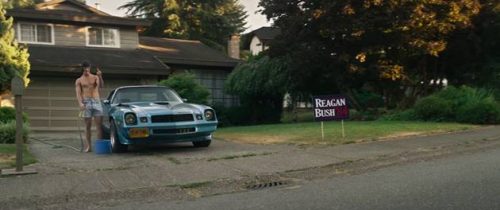
In our discussion of Summer of ‘84, we examine the representation of young women in adolescent boy-centric summer adventure movies. We also discuss the ubiquity of troublesome, but “oh so palatable” tropes. These include the representation of women, people of color, and political ideology that, when couched in a nostalgic 1980’s setting (which we both grew up smack in the middle of) can feel homey. The cultural climate of our youth seems to have clouded our ability to see the way Summer of ’84 depicted first and foremost women, but also racial inequity and the political climate of the 1980’s.
To address these ideas in your classroom, consider a discussion centered on the following argument, which we make in the podcast: Summer of ‘84 presented women largely as sexual currency for young men’s bonding.
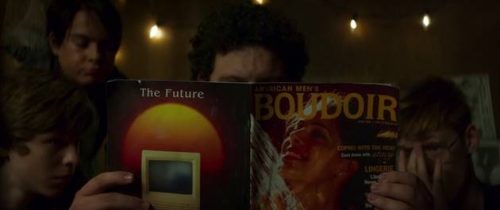
Horror is a genre that relies on stigmatized topics and transgressing boundaries, and it therefore has unique potential to challenge or reinforce common conceptions of normalcy. One of the ways the core group of boys are cast as normal, good, and moral, in contrast to the suspicious neighbor, is via their hegemonic heterosexuality. This is largely done by showing them discussing women as potential sexual trophies, engaging the male gaze toward adult magazines, and taking advantage of Davey’s vantage point to watch his neighbor Nikki, played by Tiera Skovbye, undressing.
Nikki is relegated to the role of “love interest” as a willing participant in these exchanges. She takes pride in her ability to give the boys status through her flirtations, exalting them as her only true friends. She finds their covert attempts to see her naked as flattering, rather than a stark invasion of privacy. For a deeper discussion, we take this argument a step further and ask ourselves why we, both trained sociologists (one of whom specializes in gender) found the film enjoyable in spite of these deeply problematic behaviors. What does that say about the pervasiveness of these gender ideologies in our society?
The First Purge (2018)
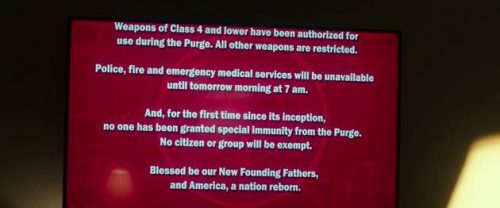
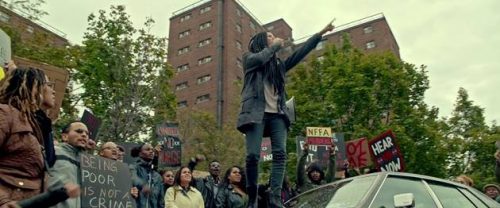
The concept of The Purge (2013) film and now TV series is that once a year in the U.S. for 12 hours, all crime, including murder, is legal. The most recent film in the series, The First Purge, arrived in theaters this summer. In the film, the right-wing New Founding Fathers of America political party conducts an experiment on Staten Island, a borough of primarily poor people of color. This experiment is a trial run of the Purge concept that is rolled out nationally in the other films.
This premise offers director Gerard McMurray an allegory to explore a host of sociological issues relevant to current U.S. society. The film works as a basis for a discussion of class inequality, racial injustices, gendered violence, and social control. In our discussion of the film, we address deviance, racial stereotypes, anomie, solidarity, and the social psychological influences on behavior, especially the internalization of norms.
Though the horror genre is notorious for being particularly white-dominated, The First Purge is directed by a Black man (Gerard McMurray) and the primary stars of the film are people of color (Y’lan Noel, Lex Scott Davis, Joivan Wade). While critical and thought-provoking in many ways, the film is also disappointing when it comes to portrayals of gender and sexuality. Questions for class discussion could include how social structure influences individual agency within the film’s narrative. How does the film perpetuate and challenge race, gender, and racial stereotypes? What is the role of intersectionality in these stereotypes?
In preparation for Halloween, we will soon have a follow-up post detailing which of our prior podcasts are relevant to different sociology courses. We will also have an example assignment to share that instructors can adapt to their own needs/classes to help you discuss horror films with your students.
Marshall Smith earned his PhD in sociology from the University of Colorado at Boulder in 2011 focusing on gender, sexuality, youth, and media. He currently teaches sociology classes at CU Boulder for the Farrand Residential Academic Program.
Laura Patterson earned her PhD from the University of Colorado at Boulder in 2011, focusing on environmental issues and the impacts of HIV/AIDS in rural South Africa. She’s currently a research consultant with a Colorado-based pregnancy prevention program and other federally-funded evaluation efforts, in addition to teaching at CU Boulder and Adams State University.



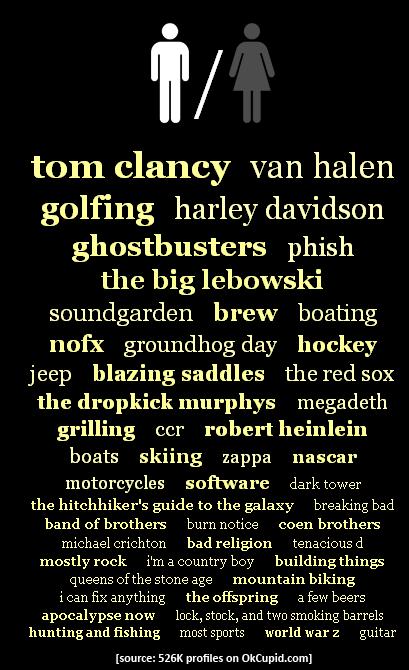



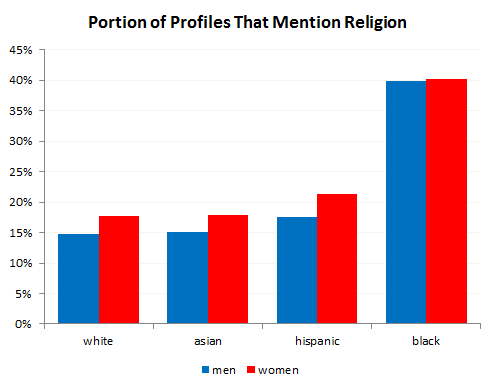

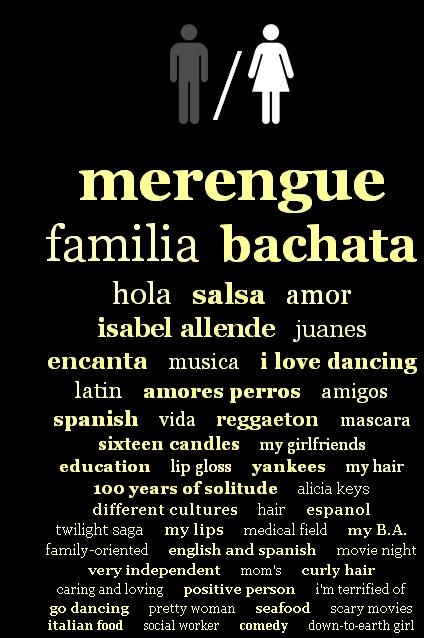



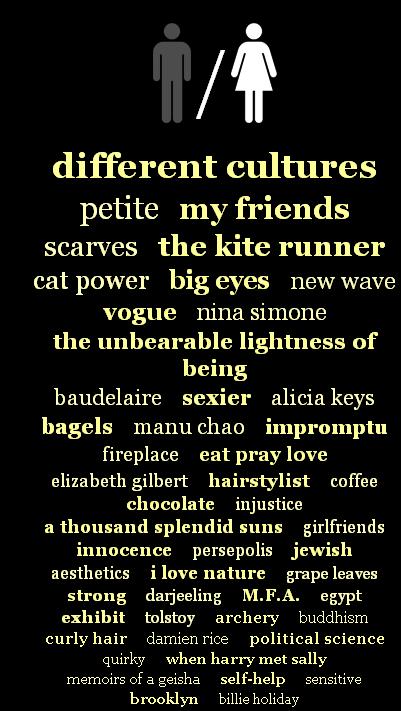
 It was “Latino night” at a gay club. When the story finally broke, that’s all I heard. Orlando’s tragedy at the Pulse puts Latina/o, Latin American, Afro-Latinos, and Puerto Ricans and other Caribbean LGBT people front and center. Otherness mounts Otherness, even in the Whitewashing of the ethno-racial background of those killed by the media, and the seemingly compassionate expressions of love by religious folk. The excess of difference—to be Black or Brown (or to be both) and to be gay, lesbian, bisexual, or transgender (or queer, as some of us see ourselves) serves to shock, through difference, how news are reported. Difference – the very basis of feminist and ethnic politics in the 20th century – has been co-opted and ignored, sanitized even, to attempt to reach a level of a so-called “humanity” that is not accomplishable. We know this, but we don’t talk about it.
It was “Latino night” at a gay club. When the story finally broke, that’s all I heard. Orlando’s tragedy at the Pulse puts Latina/o, Latin American, Afro-Latinos, and Puerto Ricans and other Caribbean LGBT people front and center. Otherness mounts Otherness, even in the Whitewashing of the ethno-racial background of those killed by the media, and the seemingly compassionate expressions of love by religious folk. The excess of difference—to be Black or Brown (or to be both) and to be gay, lesbian, bisexual, or transgender (or queer, as some of us see ourselves) serves to shock, through difference, how news are reported. Difference – the very basis of feminist and ethnic politics in the 20th century – has been co-opted and ignored, sanitized even, to attempt to reach a level of a so-called “humanity” that is not accomplishable. We know this, but we don’t talk about it.